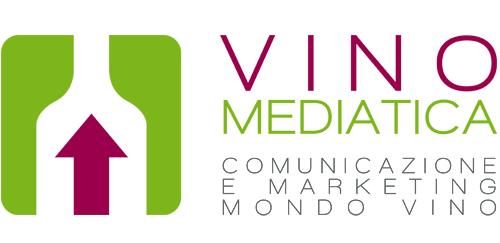In presenting us the Bonarda wine 30 Denari within the metaphor of #vinoumano (#humanwine) – a young man willing to change the rules – Riccardo Riccardi of the Brandolini Pietro winery talks about an ongoing change of perspective: the project of transforming the wines of the Oltrepò Pavese region from quaffable sparkling wines into bolder, aging wines.
30 Denari is a Bonarda from the Oltrepò Pavese region, a DOC, still, full-bodied and structured wine produced with 100% Croatina grapes, which provides a small but high quality harvest as it originates from 80 year old stumps belonging to the oldest winery’s cru, the Sabassone vineyard. This wine is fermented with wild yeast and its grape skins are macerated for at least 8 days. Subsequently it is refined for 12 months in a 1931 barrel made of almond and peach wood and in French oak barriques.
This wine presents as a dark ruby red with an assertive nose and hints of toasted and wild berries and it is rounded, flavorful and elegant on the palate.
It is an excellent match for the traditional dishes of the Oltrepò region, like cured meat, risottos and game meat. Let’s see how Riccardo describes this wine…
The story of the Brandolini Pietro winery starts in San Damiano al Colle (Pavia) in 1923, when a very young Pietro began to get familiar to grapes and wine – which had been produced by his family for generations – and decides to commit to these grapes, which would accompany him along his entire life.
In 1928 he founded the wine company and had a winery built with a capacity of 200,000 liters. Pietro bought the best machinery available at the time to transform grapes into must (like the hydraulic wine press still employed in the winery) and decided to use only the grape varieties growing in his vineyard, process them with traditional methods and let only the best vintages age in small barrels.
In 2010, the management of the winery was handed over to Vittorina and Riccardo, who not only didpursue the tradition and philosophy inherited by Pietro with their family name, but also innovated the winery buying modern machinery and involving new people and fresh ideas to improve the wine cellar and the operations in the vineyard.
They opted for reducing to the minimum the use of fertilizers and treatments in the field as well as preserving the old grapevines, which produce a smaller but higher quality harvest. In the winery, rather than filtering or using the autoclave, they proceed by multiple decants in old barrels for wine refinement, and wine is aged in bottles in a dark cellar.



